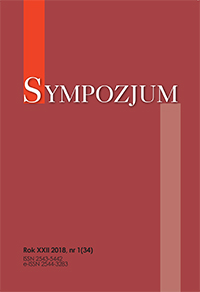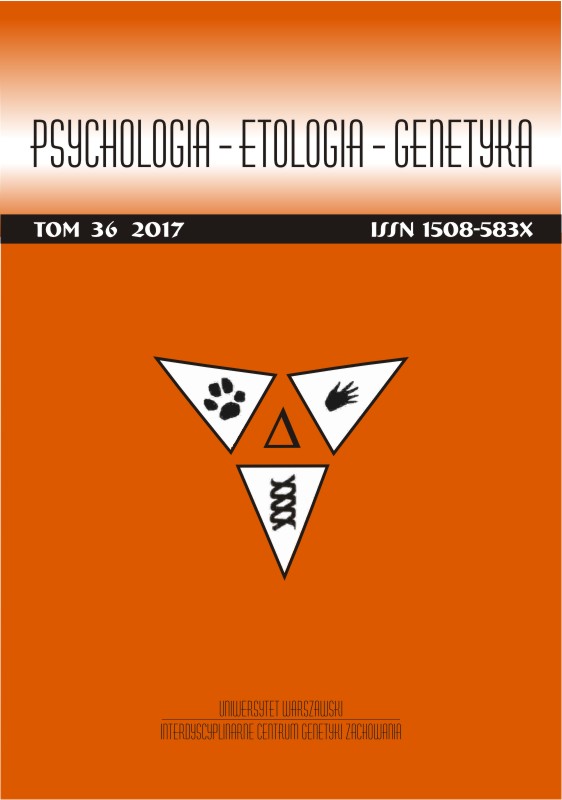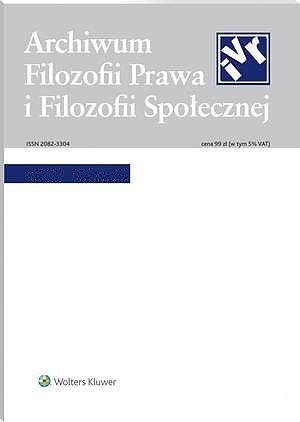
Wypalenie zawodowe u nauczycieli. Przyczyny zainteresowania tematyką wypalenia
The problem of occupational burnout, which is the subject of numerous studies in pedagogy, psychology and social psychology, affects a large part of our society. This issue calls for a question about the reasons for this state of affairs and, at the same time, for seeking effective and innovative ways to overcome its pathogenic effects on individual and social life. The reasons for the burnout phenomenon can be seen both on the side of the unit and on the side of the environment. The most frequent reasons are: specificity of own expectations, experience of the crisis of values, personality traits, seniority, domestic and economic situation, and others. The sense of optimism and sense of humor, self-esteem and self-esteem belonging to the valuable personal resources of the individual and remedial strategies in situations of occupational stress are important to minimizing symptoms of burnout.
More...

